Holy Rosary Church Complex / Trahan Architects
Architects: Trahan Architects, APAC
Location: Lousiana, USA
Project Architect: Victor F. “Trey” Trahan III, FAIA
Design team: Brad David, Kirk Edwards
Structural Engineer: Schrenk & Peterson Consulting Engineers
Mechanical, Electrical, Plumbing Engineer: Apex Engineering Corporation
BUILDER: Quality Design and Construction, Inc.
Project Area: 1,586 sqm
Project year: 2004
Photographer: Tim Hursley / The Arkansas Office
The design of the Holy Rosary Complex-comprised of an oratory, administrative building, and religious education building-for a rural Catholic Parish in South Louisiana, is an honest exploration of form, function, light and materials that results in an engaging and profound study in sacred space. Neither opulent nor austere, Holy Rosary Chapel presents a thoughtful meditation on sacred spaces and the spatial embodiment of spiritual experience.
The masterplan for the rural campus creates a strong sense of place and draws a distinction between the program’s sacred and secular components. Secular components of the campus take form as linear or “edge” buildings-an administrative block, two linear classroom bars, a religious education building-which form the courtyard in which the oratory is located. The oratory, or chapel, is the focus of the otherwise orthogonal composition, but is itself skewed to further underscore its importance and to create a sense of expectation.
Working with a limited palette of poured-in-place concrete, plate glass and cast glass, the architects created a meditative environment that places a high importance on spatial characteristics and the play of light on these humble materials.
Design of the oratory stems from the concept of the womb-a universal, pure and sacred space. All six sides of the oratory cube sides are equal in size, color and texture. The result is an interior space that feels encompassing, protective and mysterious.
Light enters through a variety of openings carved from the wall thickness without revealing context or light source beyond. In addition to giving occupants a sense of orientation, the obscured presence of light is symbolic of the paschal mystery of Christ.
- plan 01
- plan 02
- section

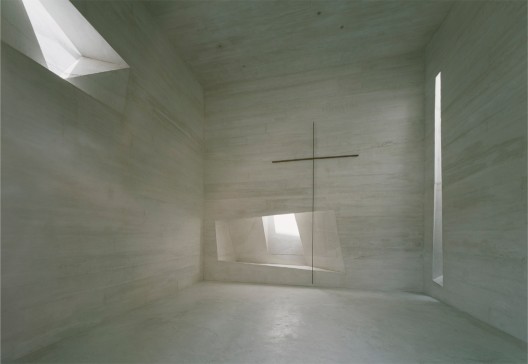
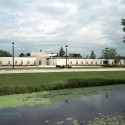
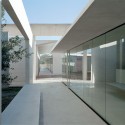
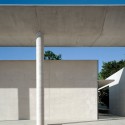
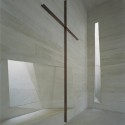
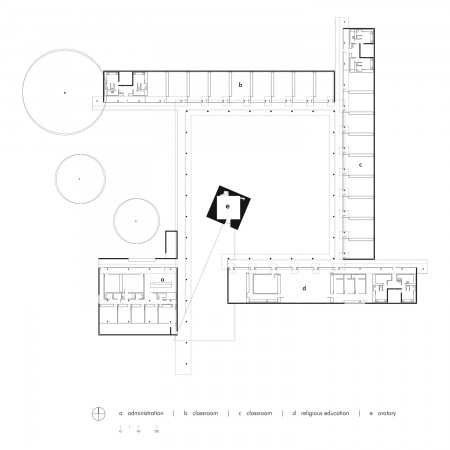
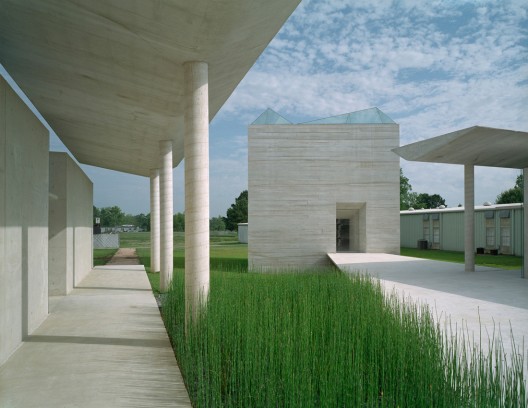
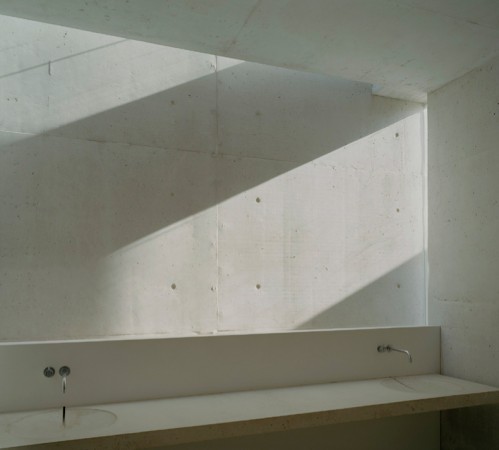
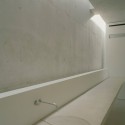
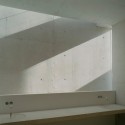
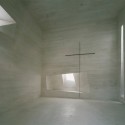
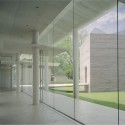
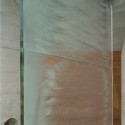
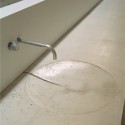
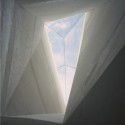
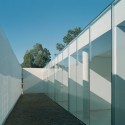
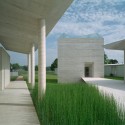
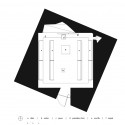
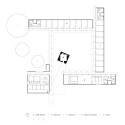
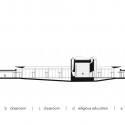


















0 comments: